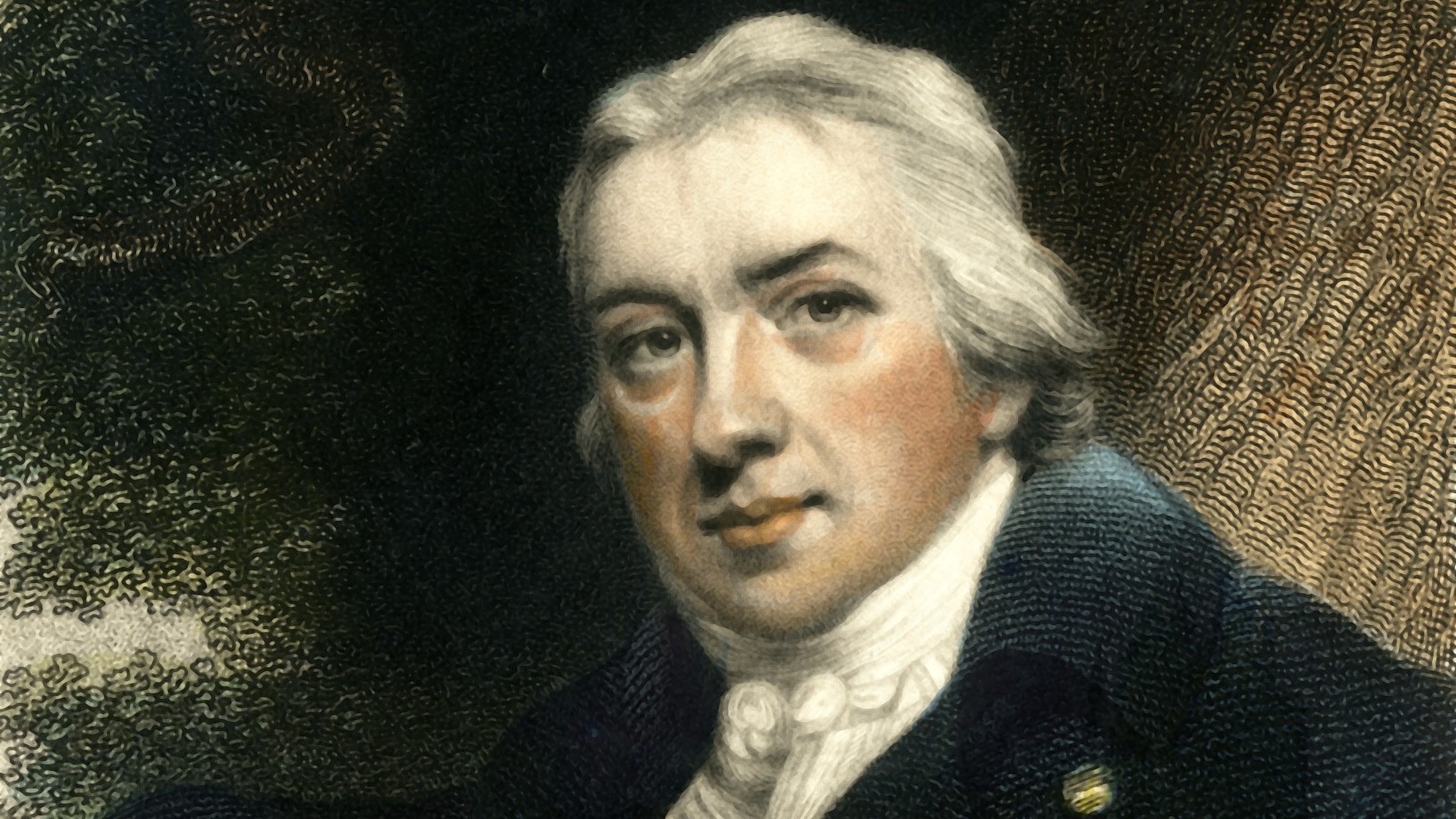
Dr Edward Jenner, the scientist who engineered the smallpox vaccine. /VSG
Dr Edward Jenner, the scientist who engineered the smallpox vaccine. /VSG
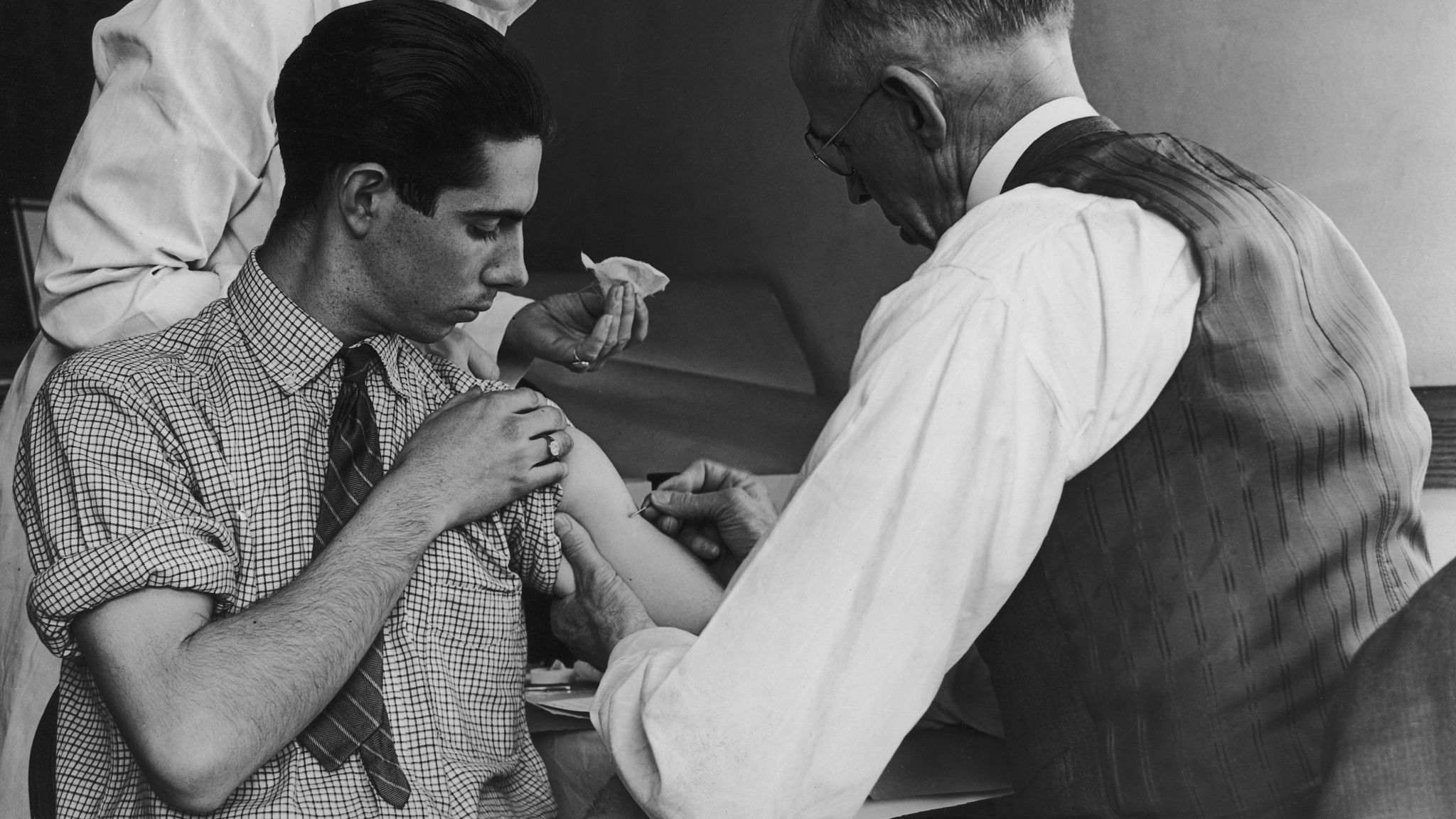
A teenage boy in New York in 1938 being vaccinated in school. /VSG
A teenage boy in New York in 1938 being vaccinated in school. /VSG
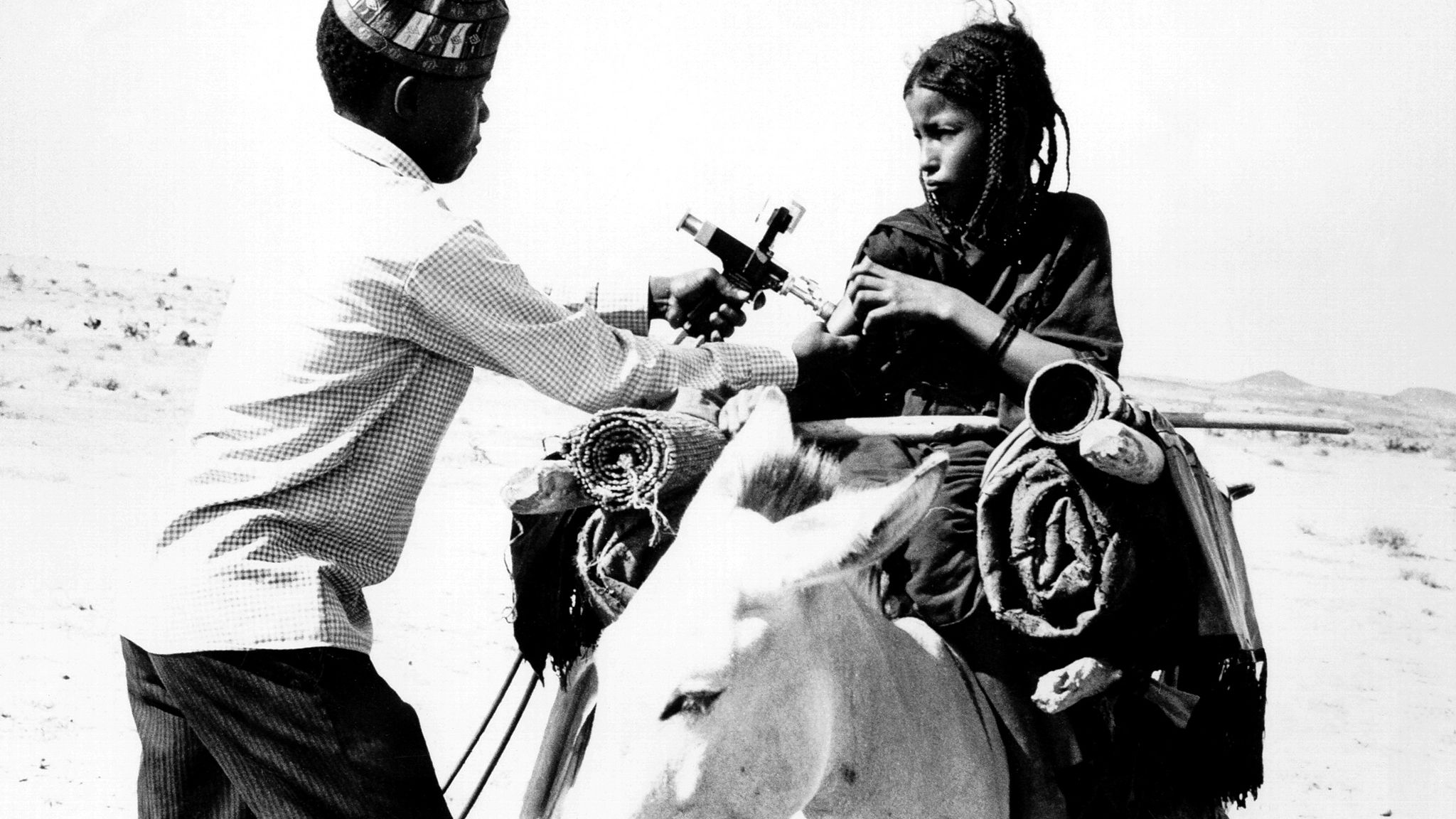
A young nomadic girl receiving an injection in Mali, West Africa in 1967. /VSG
A young nomadic girl receiving an injection in Mali, West Africa in 1967. /VSG
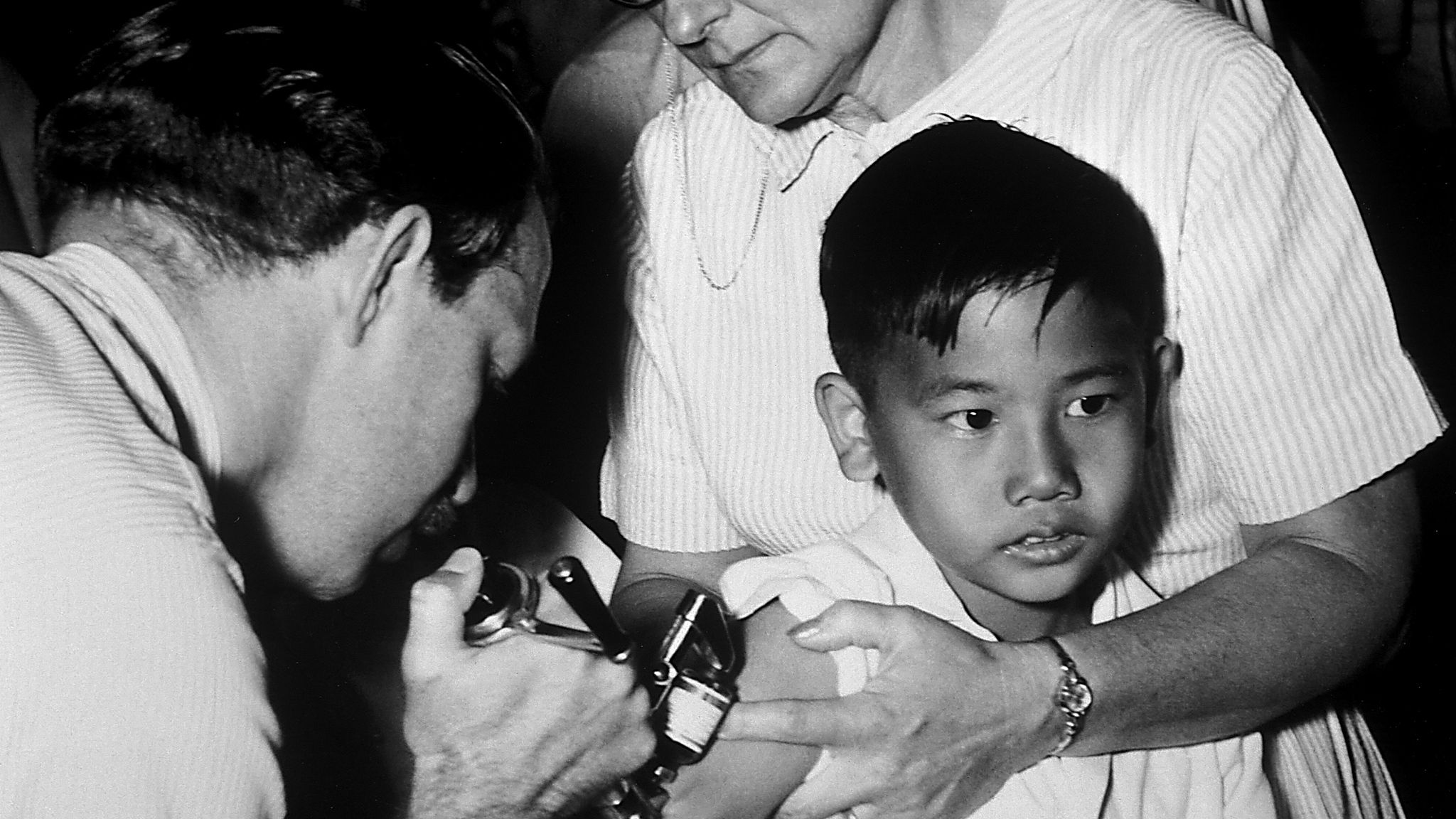
An injector gun used on a young boy in 1972. /VSG
An injector gun used on a young boy in 1972. /VSG
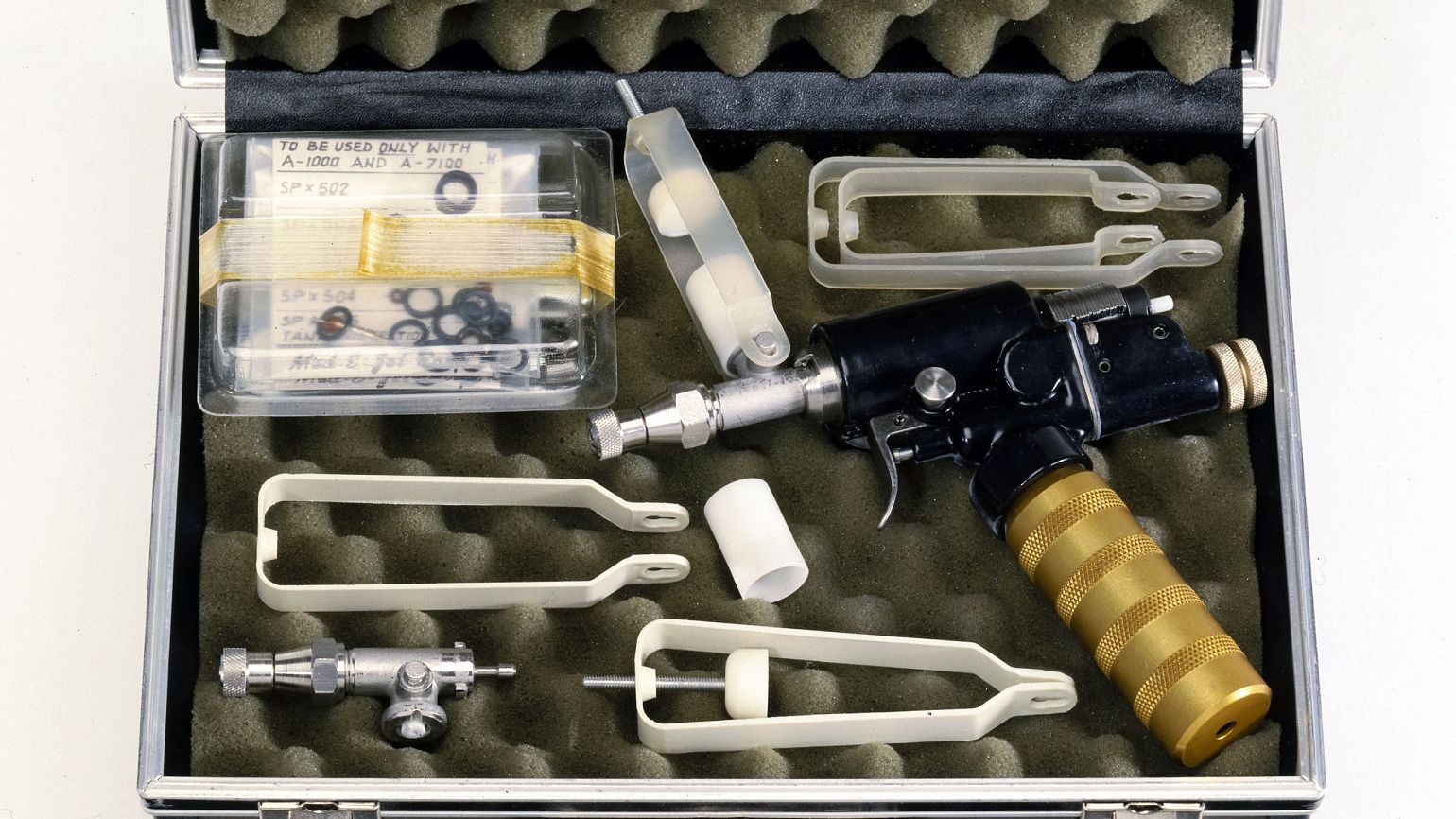
The introduction of the injector gun was created to make mass immunization more efficient. /VSG
The introduction of the injector gun was created to make mass immunization more efficient. /VSG
As the COVID-19 vaccine begins distribution in the UK, it shares an anniversary with another vaccine that cured a disease that rocked the world – smallpox.
Smallpox, a highly infectious disease, was certified as eradicated in December 1979 due to mass-vaccination efforts
While many people recovered from smallpox, around three in 10 people died – a much higher death rate than the present-day COVID-19.
In 1967, the World Health Organization initiated a global distribution campaign to eradicate the virus.

The program was rolled out across the globe and by 1971, smallpox was eradicated from South America, followed by Asia in 1975 and Africa in 1977. A team of scientists reported on December 9, 1979 that smallpox had been eradicated and the World Health Assembly, the governing body of the WHO, officially declared it gone the following year.
The UK health service is now administering a vaccine for COVID-19 after ordering 80 million doses of the Pfizer/BioNTec shot and other countries have also begun to vaccinate.
It's far too early to say an end is in sight for COVID-19, but the smallpox story shows that some deadly diseases, at least, can be comprehensively beaten.

